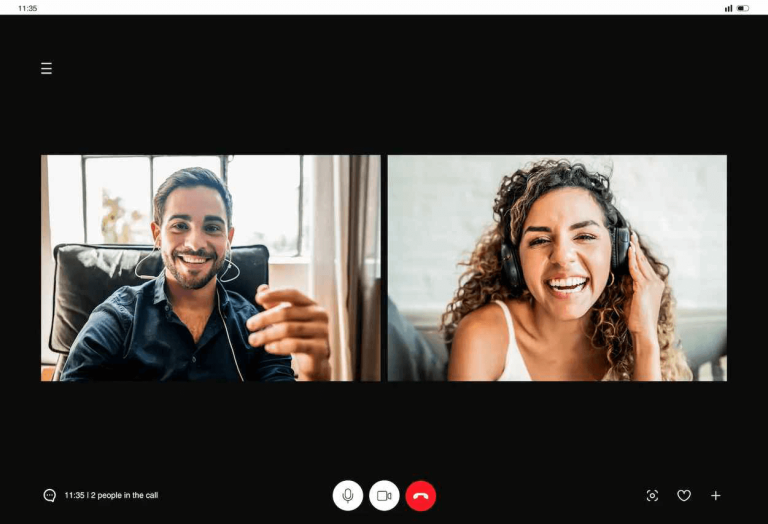Working in virtual teams is hard. And yet, we can all agree that virtual collaboration is…
Harvard Business School case study: How Goldman Sachs Created a Virtual Internship Program
Key Takeaways
- Goldman Sachs successfully transitioned its summer internship, typically in‑person and large‑scale, into a virtual format, affecting 2,000–3,000 students.
- The shift required careful change management, including tools, buy‑in, and maintaining core internship qualities.
- By using NovoEd and Zoom, they preserved key elements like networking, culture exposure, and manager feedback.
By Sue Shankar
In the Harvard Business School case study titled ’Creating a virtual internship at Goldman Sachs’ (case study 9-621-035), authors Prithwiraj (Raj) Choudhury, Iavor Bojinov, and Emma Salomon describe how Goldman Sachs converted nearly 2,000 interns to an entirely virtual program. Goldman Sachs’ summer internship program was traditionally held in person at Goldman’s offices. In March 2020, in just a few short months, Goldman Sachs responded to the COVID pandemic by shifting their entire Summer internship program to a virtual program.
The case study describes the change management challenges in obtaining buy-in, establishing the appropriate tools, and preparation required to maintain a strong internship experience. The internship experience is a core recruiting and talent development driver for Goldman Sachs. It brings together 2,000-3,000 undergraduate and MBA students to one of the firm’s global hubs where interns get exposed to Goldman Sachs culture, connect with peers and mentors within the firm, and learn via an apprenticeship model, by working on project teams doing client work. This unique experience is an important differentiator from its competitors.
Thus, the key elements that needed to be maintained in the internship experience were the opportunity for networking, being exposed to the firm’s culture, developing an understanding of business areas, and receiving feedback from their managers. The toolset described in the case study comprises NovoEd as the interactive learning platform and Zoom as the webconferencing platform.
You may purchase and view the full case study here.


